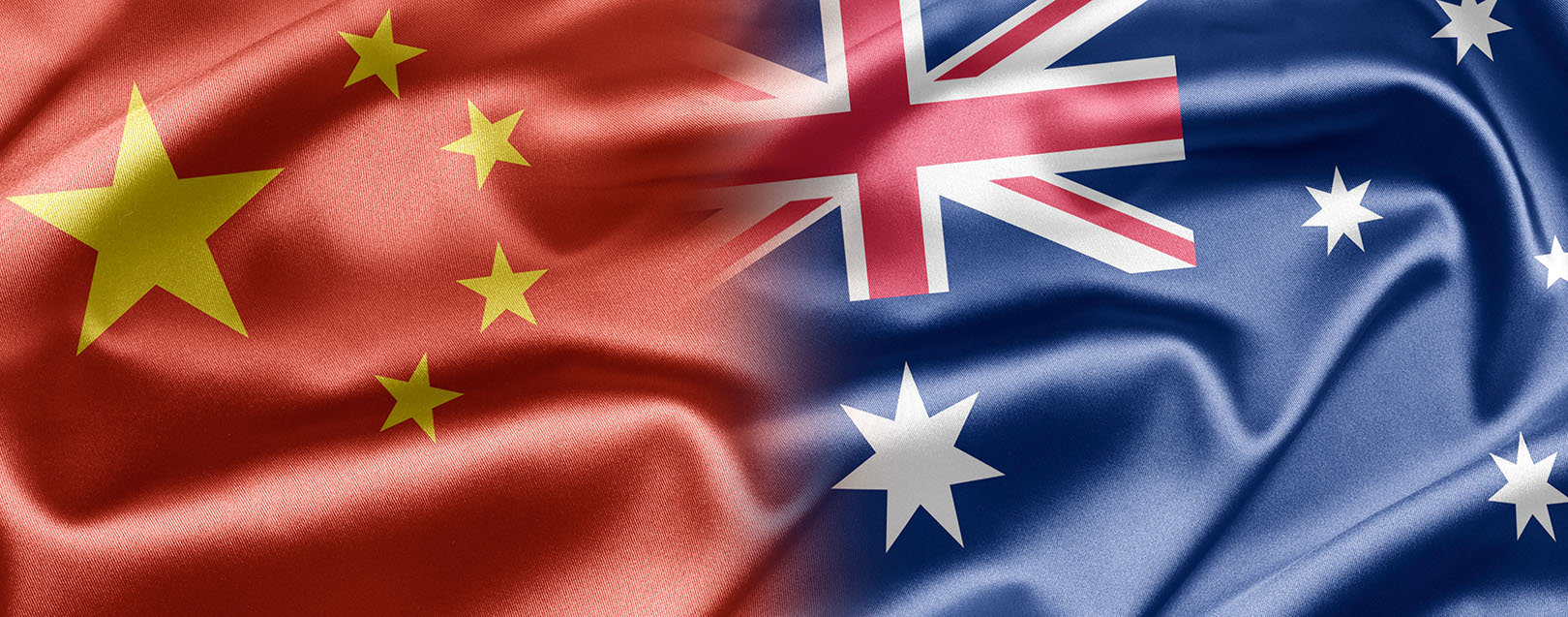
Australia to potentially benefit from China's OBOR initiative
The Dollar Business Bureau
Chinese Premier Li Keqiang's upcoming visit to Australia is likely to see the already flourishing economic cooperation between the two countries make further progress.
Officials anticipate new opportunities for strengthening of bilateral cooperation in China's pet modern Silk Road project, comprising of the 21st Century Maritime Silk Road and the Silk Road Economic Belt.
China, as is the case with most countries, is also the largest trading partner of Australia. In 2015-16, China accounted for 26.5% of Australia's total merchandise trade. While exports to China made up 30% of its total exports, imports from China stood at 22.6% of total imports, a share greater than any other country. Last year, their bilateral trade reached $108 billion.
China-Australia Free Trade Agreement (ChAFTA), a landmark trade facilitation agreement between the two giant economies, was signed in December 2015. In the same year, Australia's service exports to China grew by 21.3%, whereas service imports registered a 15% growth. China is Australia's largest destination for service exports, accounting for 15.6% of its total service exports in 2015-16.
Australian officials say that the agreement shot down restrictive tariffs for export of many products including beef, fruits, and wine, opening up Chinese market for the country.
Moreover, the agreement has led to a 50% year-on-year growth in export of red wine, dietary supplements and milk powder for Australia, making some of its food items the most sought after imported products among Chinese consumers.
In recent times, China has expanded its investment in Australia to new areas like healthcare, clean energy and commercial real estate.
The two countries are now making further in-roads in boosting economic cooperation, as they explore a connection between the development of Northern Australia and China's One Belt One Road initiative.
The project, which will link China with around 60 countries in Eurasia, is said to hold potential for the development of sparsely populated Northern Australia. The region, which contributes 40% to Australia's landmass, will be actively developed over the next 20 years.
"Australian businesses have a keen interest in and want to be part of the Belt and Road Initiative," Australian Trade Minister Steve Ciobo said.





